Produce can be grown in a greenhouse and, with shipped access around the world, almost anything is available year-round. But when produce is in season, it is the freshest, the most nutritious and the tastiest. Eating seasonally is not just good for you, but it’s good for the environment as well. Seasonal produce can be grown locally without having to be transported long distances and without having to be stored for long periods of time, making it environmentally sustainable.
You probably don’t have the space or resources to grow produce in your dorm room, but many campuses offer students the opportunity to participate in a community garden. Here at F&M, there is an organic community garden with plots for students and faculty at Baker Campus where the Environmental Action Alliance’s Dirt Army farms produce.
There is also the option of participating in a CSA for weekly deliveries of whatever is being harvested from the farm. The Lancaster Farm Fresh Cooperative has a pick-up site on campus in the Wohlsen Center. If you can’t handle that, farmer’s markets, Central Market and grocery stores have a wide selection of fresh produce. Sometimes seasonal fruits and vegetables can even be found in D-Hall.
What is in season now? In the early winter, root vegetables like carrots, parsnips, beets and sweet potatoes are ready to be harvested. Other winter vegetables include Brussels sprouts, leeks, kale, broccoli and winter squash. Pears, citrus fruits, pomegranate and chestnuts are also at their prime in the winter.
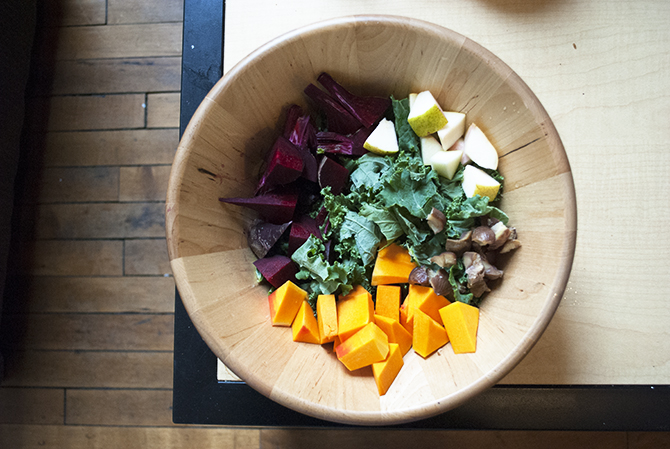
Photo by Hunter Siegrist
To me this sounds like the fixings for a gorgeous salad! But if you’re looking to mix it up here are some easy and delicious ideas to prepare with winter’s seasonal bounty:
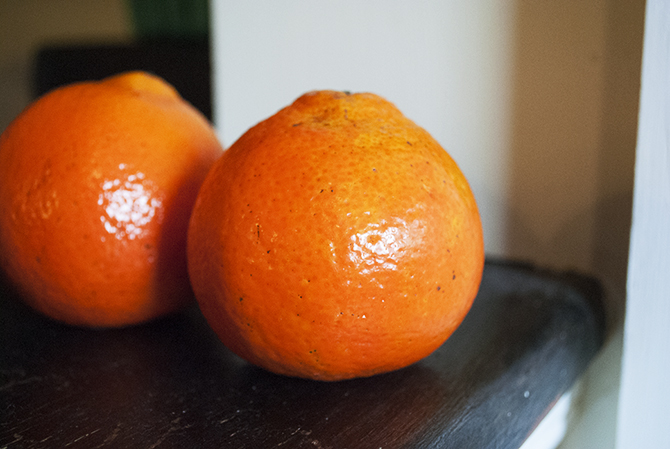
Photo by Hunter Siegrist
Clementines make great snacks or can top off a simple green salad. The juice is also great for an easy salad dressing with some olive oil and vinegar, or you can use it to make a slightly sweet marinade.
Sweet potato is a great addition to almost any dish and you can even cook them in a microwave. To make your own Oven Baked Sweet Potato Fries, cut the sweet potato into long skinny pieces, toss in olive oil and salt and roast on high until soft.
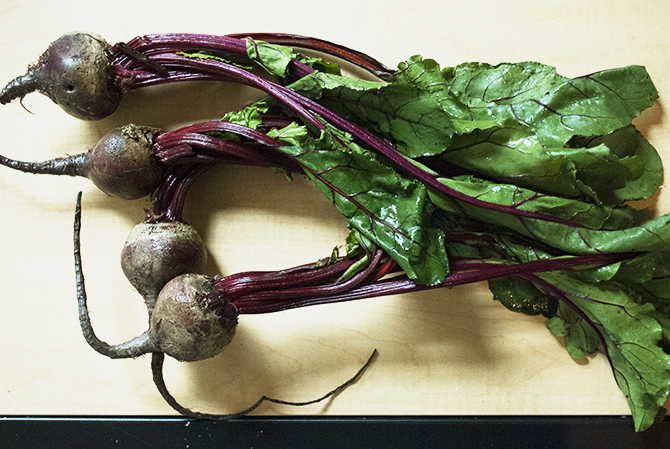
Photo by Hunter Siegrist
Beets are really versatile and can be steamed, roasted, juiced or put in a salad. This Quinoa Salad with Roasted Beets and Pear is perfect for the winter. When you buy beets fresh, they come with edible leafy green tops. Don’t know what to do with your beet greens? They are great in soups, in smoothies, steamed or sautéed.
Chestnuts roasting is an iconic winter smell, but that’s not the only thing you can do with them. Sauté them with your favorite vegetable and some garlic. This recipe for Sauteed Brussels Sprouts With Pancetta And Chestnuts pairs up chestnuts with another seasonal item, Brussels sprouts.
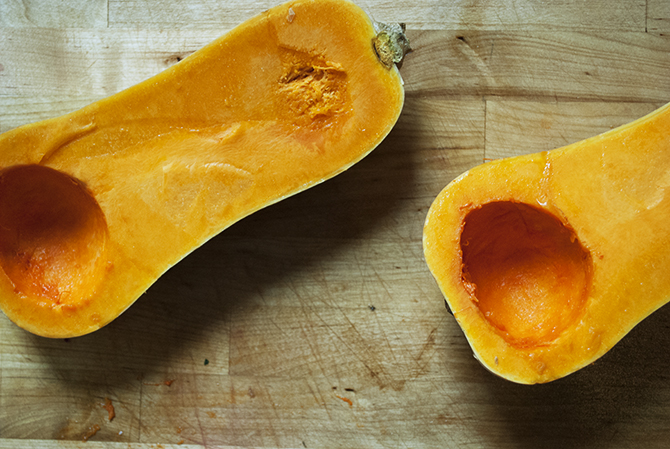
Photo by Hunter Siegrist
Butternut squash is easy to roast and is absolutely delicious! Try Butternut Squash Mac ‘n Cheese or Roasted Butternut Squash Risotto.
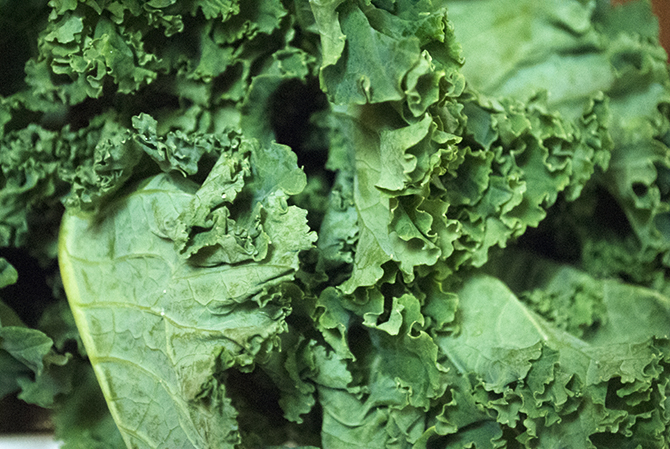
Photo by Hunter Siegrist
Kale is trendy for a reason. This winter green is filled with nutrients and fiber and so versatile it can be incorporated into almost any dish. Kale makes an interesting salad green, like in this Kale, Fennel and Apple Salad.

Photo by Hunter Siegrist
Pears are naturally sweet and I love adding chopped up pear to oatmeal and yogurt bowls any day. They also make the perfect easy dessert, like this easy baked pear recipe.
Check out these articles for more ideas on how to use fresh, winter produce:

